The ‘barbarian invasions’ shook Roman society to its core, changing the dynamics which governed Roman society, and ultimately determining the shape of the post-Roman successor kingdoms.
But who were these ‘barbarians’? Why were they not Roman? And why do we think of being a ‘barbarian’ in such a negative light? In answering these questions, we might have to question all of the received wisdom we get taught – including whether Rome really fell at all.
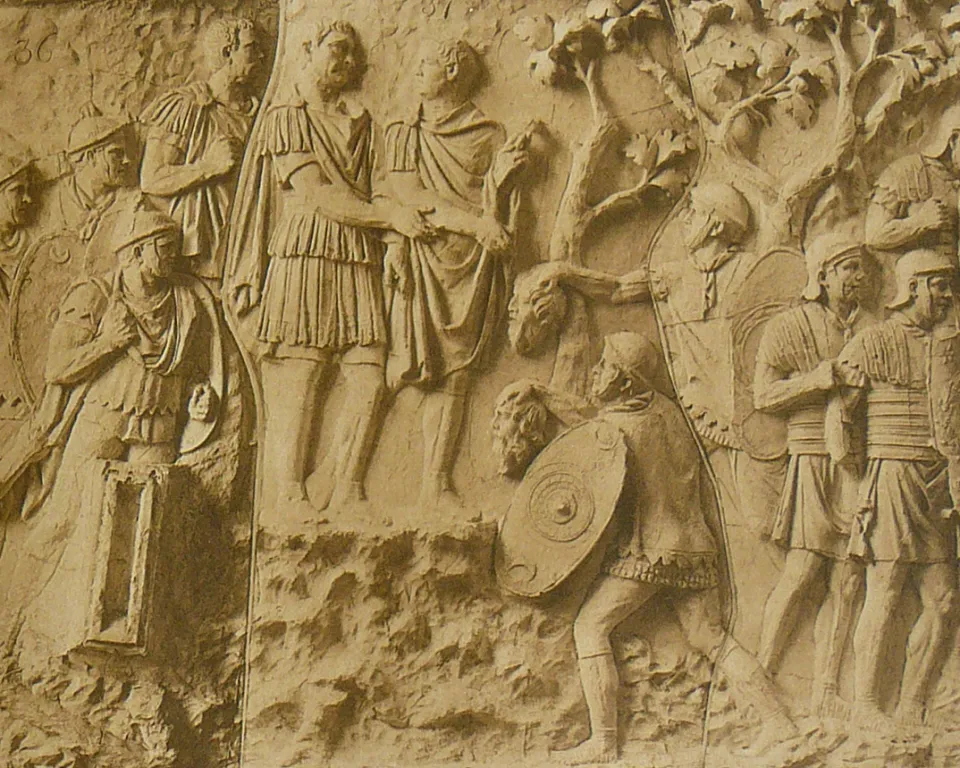
Who is a Barbarian?
The word ‘barbarian’ is itself replete with negative connotations of violence and crudeness. The concept is deeply embedded in modern popular culture – legendary 1980s pulp-hero-turned-film-star Conan the Barbarian carves his way across the Hyborian Age, and Dungeons and Dragons tabletop-roleplayers can select the raging, unarmored Barbarian as their character archetype. But these (admittedly cool) throwbacks are replete with a more insidious cultural supremacy that we have inherited from the concept’s ancient roots.

An Ancient Greek Division
The idea of the ‘barbarian’ emerged in duality with the idea of the ‘civilized’: it is a term which was consciously selected to draw a line in the sand between those within the walls, and those outside. The earliest antecedents of the word are found in Ancient Greek, with the term βάρβαρος (‘barbaros’) forming as an antonym for the word πολίτης (‘politēs’, ‘city-dweller’). Ancient Greek writers deploy the word in a culturally-specific way, to refer to all non-Greek speakers. This category was applied to a diverse and heterogeneous set of cultures: Phoenicians, Persians, Egyptians and so on. Interestingly, the Ancient Greeks themselves also note that ‘barbarian’ is an onomatopoeic word: literally, ‘the people who say bar-bar-bar’. Initially, it appears that this distinction was made in a reasonably neutral fashion – non-Greek speakers could be friendly or hostile, and the fluid linguistic gradients of the loose Bronze Age states meant that there was much debate as to who was a Greek speaker anyway. However, it certainly laid the framework for a more stark division of this linguistic barrier along cultural lines: on the one hand, the cultured city-dwellers; on the other, a homogenous mass of ‘barbarians’.
The Romans more-or-less directly imported the conception of barbarian/civilized from the Ancient Greeks – and it was under them that the distinction would take on a more baked-in character. The Latin word ‘barbarus’ would be applied to all non-Romans, becoming inherently entangled with state institutions like civitas, citizenship, class and social hierarchy. It would be inaccurate to describe this attitude as ‘racist’, as modern notions of race only developed to buttress imperialist systems in the Early Modern era, but it certainly expressed a baked-in belief in Roman cultural superiority.
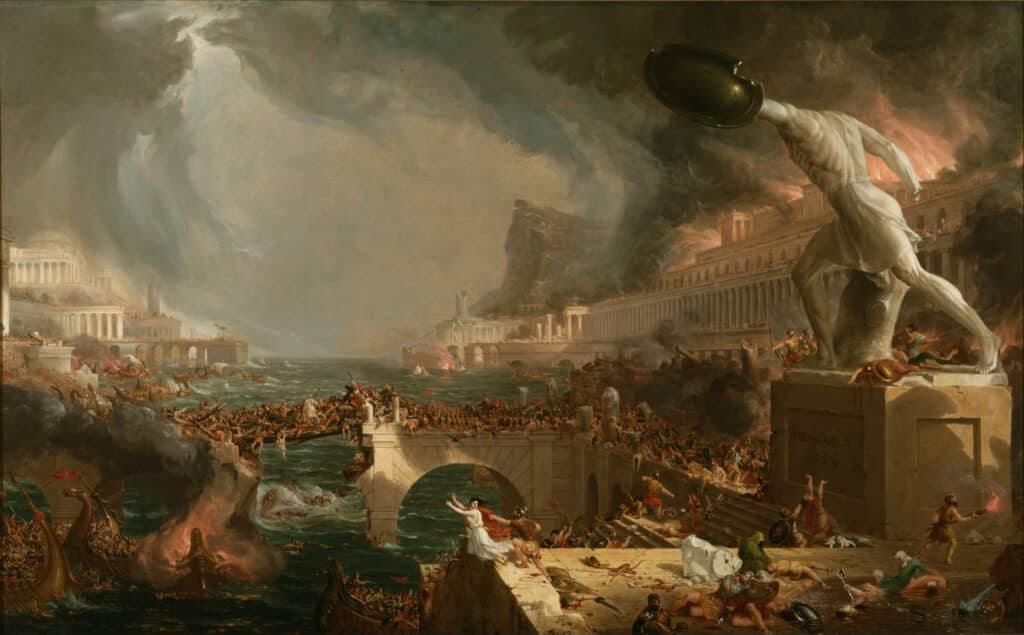
Who is a Roman?
As the Roman Republic began to expand its borders and dominate its neighbors from the 5th century BCE, Romans and their allies were forced to grapple with the notion of who is and isn’t ‘Roman’. The idea of system based on ethnic supremacy began to give way to a more complex notion of citizenship, encapsulated in the philosophy of civitas, a kind of social contract which mutually bound Romans together with a set of rights and obligation. In the early Roman Republic, citizenship was divided into several classes: the highest, the Cives Romani, were entitled to hold property and to marry, and the elites of whom were even entitled to vote. Latini were citizens of a slightly lesser class below the Cives Romani who held fewer rights, often residents of close allies of Roman such as the Samnites and Etruscans. Freed slaves could achieve this status (but likely no higher). Below the Latini were the Socii. This class of citizenship is crucial for our examination of the barbarian invasions of Rome are the status of the socii (‘allied peoples’, later known as foederati; ‘federated peoples’).
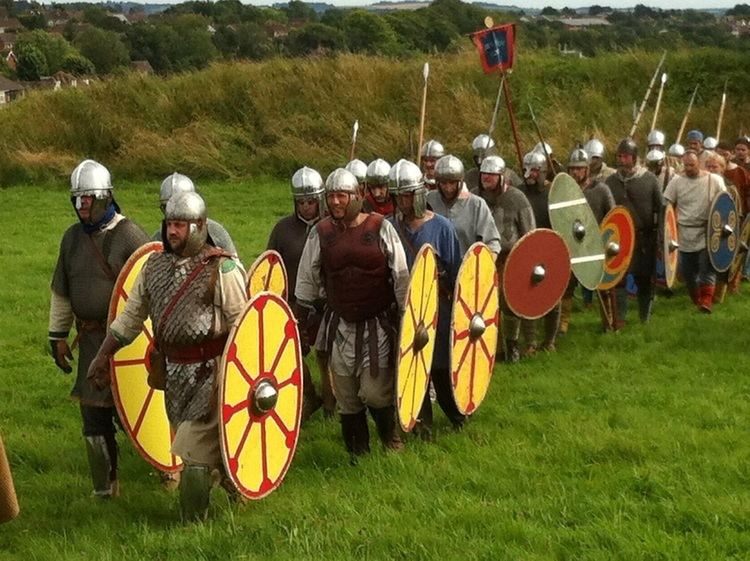
On the surface, becoming an ally of Rome was an onerous prospect. Signing a foedus treaty required the payment of levies and taxes to the Roman state, and the surrendering of any independent foreign policy to that of the Roman alliance. But in return, ‘barbarians’ could access the significant benefits of Roman domination. The monolithic nature of the Roman military forbade inter-tribal warfare, replacing constant skirmishing with the iron boot of the Pax Romana, promoting internal peace and stability. The foederati were required to give military service to the Roman military, serving as auxilia – light troops, cavalry and auxiliaries – but this burden was never disproportionate. Most importantly, for the elites of a federated peoples, it opened the door to privileged status of Roman citizenship. Whilst initially the socii and Latini were formally second-class citizens, dissatisfaction within the Roman alliance eventually led to the Social War of 91 BCE, in which Rome’s Marsic and Samnite allies forced the rights of property ownership and the right to vote to be ceded to members the socii. The resulting open-door policy was one of the main reasons for the strong Romanization of the Italian peninsula, Gaul and Hispania, whose ‘barbarian’ elites could now buy wholesale into Roman society. The resulting social bonds were extremely stable for centuries, and can be contrasted with, for example, the Umayyad Caliphate, whose precarious rule was not based on an encompassing ‘purchasable’ citizenship but a narrow ethnic and dynastic elitism.
The Cracks Appear
The collapse of the Roman Empire is an enormous topic in itself, with explanations ranging from the moral degradation of the elite and the corrosive impact of Christianity (Edward Gibbon, 1776), to mass lead poisoning (S. Colum Gillifan, 1990). But we can say with absolute confidence that it didn’t collapse ‘because it got invaded by barbarians’. Simplistic analyses which see the ‘barbarian invasions’ as the motor of Roman decline fail to understand the nature of the foederati system we explored above, whilst also uncritically reproducing the kind of supremacist Classicism which permitted 19th and 20th century theoreticians to find justifications in Rome for their own brutal modern empires.
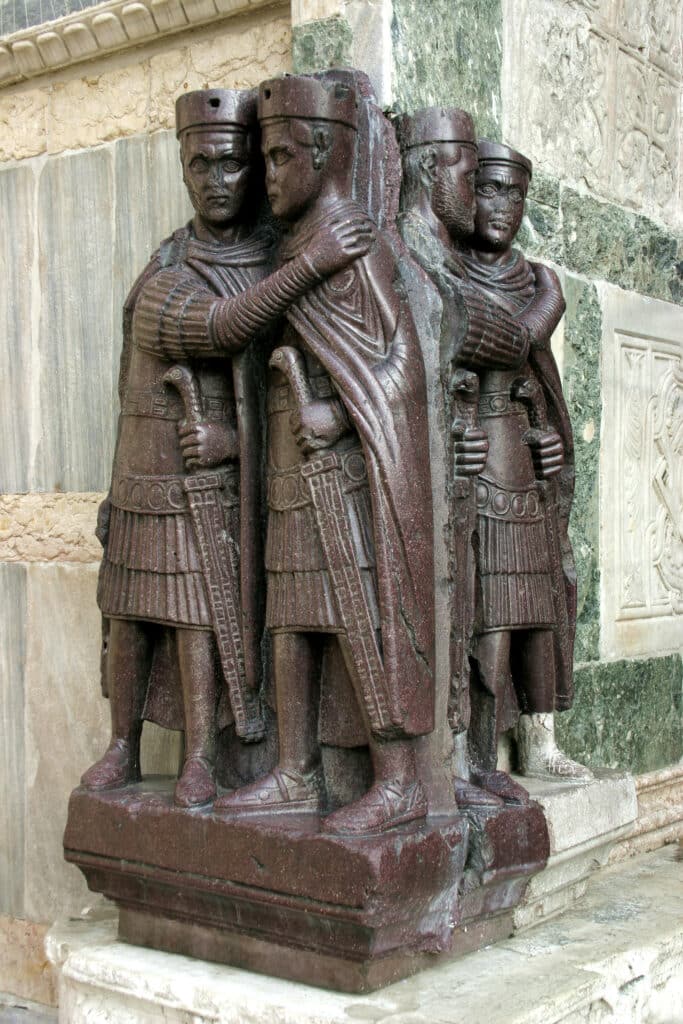
By the 4th century CE, the Roman Empire was unimaginably vast. It stretched from the Atlantic coast of Portugal in the West, to the Persian Gulf in the East; from Hadrian’s Wall in the far North of Britannia, to Saharan Egypt in the South. Such a vast territory could not be managed even in the manner it had been under the early years of the Empire in the first century BCE, and so Late Rome was a very different beast. Although the Romans themselves considered the Empire to still be a united whole, in practise the administration of the territories had become split de facto between Eastern and Western halves during the rocky and fragmented period known as the Crisis of the Third Century – from 276 CE, the Empire was ruled over by four Tetrarchs, with each court in Rome and Byzantium maintaining a division of power that would ultimately take them in different directions.
As is entirely inevitable in a polity whose nominal borders stretched over 3,000 miles (5,000 km) in length, Rome’s borders were always very porous; they were rarely high stone walls or fences designed to keep ‘barbarians’ out and ‘Romans’ in. After all, such an arrangement would have stymied trade with those outside of the walls. Rather, we should think of the Roman limes (borders) more like controlled zones with regular fortifications, within which the Roman limitanii border troops could repulse raiders, but in which a rich exchange of commerce and people could take place.
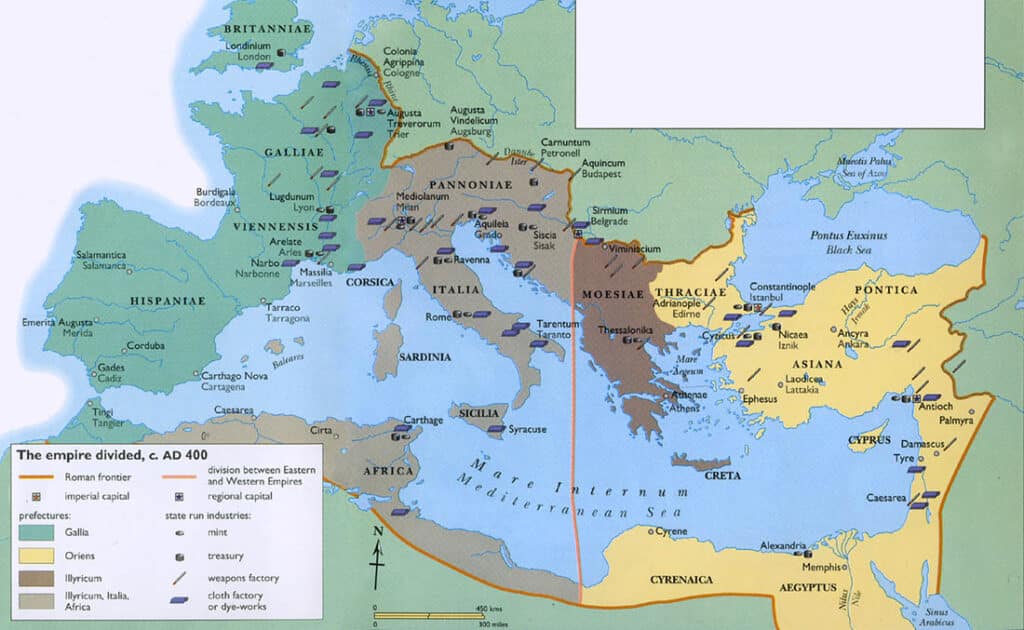
At the same time as the transformation of the borders, the Roman military had undergone what historians call ‘barbarianization’. Hopefully now we have gotten rid of the notion of a rigid and immutable separation between ‘Romans’ and ‘the barbarians’ – and the Late Roman era saw the practise of Roman governors inducting whole tribes of allied ‘barbarians’ into the Roman military as foederati. We can think of this as a sort of ‘outsourcing’ – where a certain tribe might be ‘contracted’ to act as limitanii in a certain region, taking pressure off the overstretched Roman military. The precise institutional arrangements varied; some Late Roman foederati were near-refugees, driven Westward by wars and comprehensively subsumed into the Roman system, whilst some were conquering armies who had accepted Roman fealty and were subsequently resettled within Roman territory wholesale as self-governing kingdoms within the Empire. These foederati were not stupid: whilst they were keen to have access to the benefits of Roman culture and trade, they were also probably highly aware of their increasing importance to the Emperors and the Roman administrative system, hence they could command a premium for their services. As part of the treaties which governed their relationship with Rome, these ‘barbarian generals’ began to become exempt from taxes, and eventually were paid for their service in food and in kind.
It is for these reasons that many historians, following the lead of historian Henri Pirenne, reject the idea of a ‘fall’ of the Western Roman Empire almost completely, seeing the merger of Roman and Germanic culture as an organic historical process, within which there cannot be said to be a conquest of one by the other. Nevertheless, if there was a ‘fall’, then it was the foederati who struck the final blows against the crumbling Imperial system, and who were perfectly placed to found independent ‘barbarian’ successor kingdoms in the aftermath.
The Barbarian Kingdoms
Each of the successor kingdoms left by the crumbling of Rome could merit their own books: the Burgundians, the Suebi, the Alemanni, Anglo-Saxon Britannia, and so on. We’ll summarize the largest and most successful of the barbarian kingdoms, who inaugurated the post-Roman era and seeded the Medieval world. As we shall see, the ‘barbarian invasions’ were far more complex than our image of jealous outsiders looking with envy upon the spoils of Rome: frequently, they were client peoples who sought to maximize their position within an exploitative Roman Imperial system that was indifferent to their suffering.
The Visigoths
The Visigothic Kingdom in northern Spain was perhaps one of the largest and most successful of the post-Roman successor kingdoms. The Visigoths were a subset of the Gothic peoples, whose origins are frustratingly obscure: they have left little archaeological impact, and their literate traditions only emerge centuries after the fall of Rome. Originating somewhere in Southern Scandinavia, northern Germany or Poland, the Gothic peoples were driven south and east towards Roman territory by a series of tribal conflicts, become serial raiders of Roman territory. Eventually, the threat of the Hunnic invasions of Eastern Europe forced the Goths to seek refuge inside Roman territory, on the south bank of the River Danube. Though originally receptive, seeing the potential for another useful source of foederati, Roman authorities failed to supply the Goths with food and land, and they soon revolted. This was a military disaster for Rome, and at the Battle of Adrianople in 378 CE, thousands of Roman soldiers, as well as Emperor Valens, were slaughtered by the starving and angry Goths. They were fought to a bloody stalemate, and they signed the first foedus which permitted a ‘barbarian’ people to rule independently within Roman borders. The precedent was set.
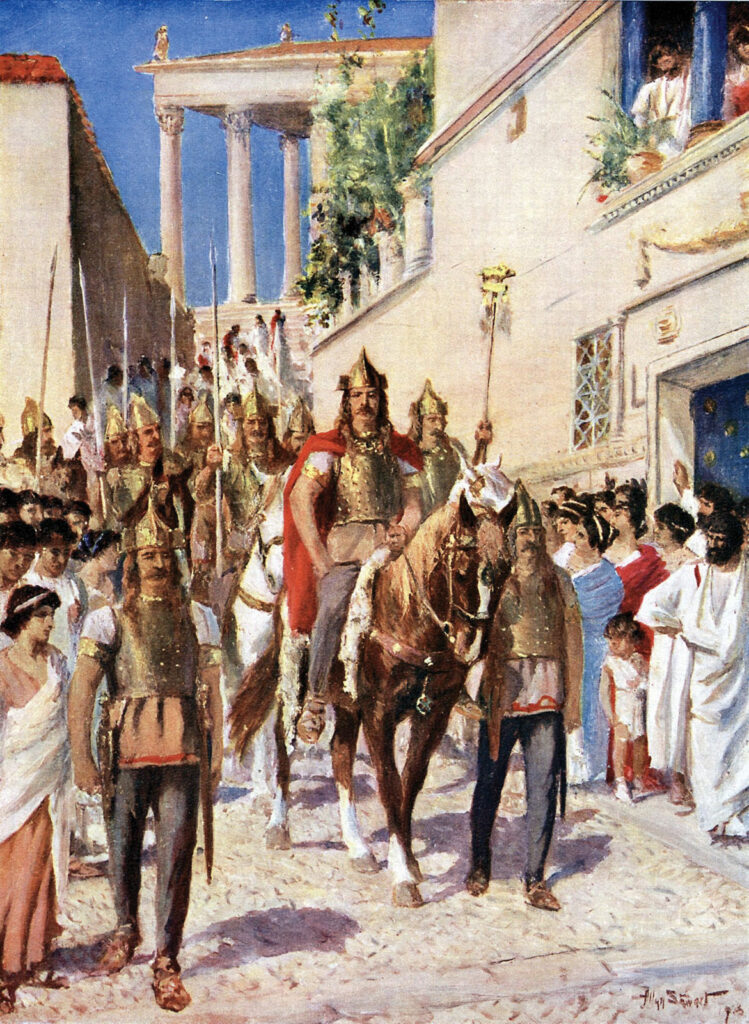
The Visigoths illustrate the duality of the ‘barbarians’, and why the word is entirely insufficient. At the same time as being strongly non-Roman, proudly Germanic and fiercely independent, they sought the patronage, benefits and institutional trappings of Roman-ness. Their King Alaric I was a commander in the Roman armies, and his sacking of Rome in 410 CE was not some external invasion: it looks much more like a civil war, where Romanized leaders were jockeying for the spoils of Roman office, not seeking to mindlessly destroy the great civilization. Far from being conquerors, it seems highly likely that the Visigoths thought of themselves as the liberators and guarantors of Roman rule.
When an alliance of Suebi, Alans and Vandals crossed the Pyrenees in the early 5th century and sought to carve out their own kingdoms in Hispania, the Roman Emperor Honorius turned to the Visigoths. In 418 CE, he promised them independent rule in the Garonne Valley in Gallia Aquitania (modern western France) if they could bring the invading alliance to heel. As Roman influence crumbled away to nothing by the end of the 5th century, the Visigoths simply continued the process – seizing territory from their neighbors and gradually uniting all of the provinces of Roman Hispania under Visigothic leadership (though the Franks would turf them out of Southern Gaul). The Visigoths failed to ‘Visigothize’ Spain, only ever making up a small ruling caste on top of Romanized Hispanii – but their rule would not be short, and they were only finally dislodged by the invading Umayyad Caliphate in 711 CE.
The Franks
Where the Goths came into contact with Rome along the Danube and the Balkans, the Franks were a collection of tribes along the northern Rhine in modern Germany. Having developed a long tradition of service in the Roman military, they were officially federated with Rome after being defeated in battle in 358 CE, settling within the Roman limes in northern Gaul. This placed the loose Frankish alliance in a unique position, straddling the border of Rome, in control of a mixed population of both Gallo-Romans and un-Romanized Germans. Gradually, as the influence of central authority in Rome gave way to ambitious individual leaders carving out their own kingdoms, the Franks were in an excellent position, having settled in rich land, and having an established tradition of overlordship under the ‘King of the Franks’.

But, like the Visigoths, the Franks certainly did not reject the inheritance of Roman culture. King Childeric I, ruling from Tournai in the mid-5th century, was buried in magnificent Roman style: his Roman signet ring depicting his distinctly un-Roman long-hair and moustache are a fantastic example of the Gallo-Germanic-Roman fusion culture which the Franks typified. Childeric’s son Clovis enacted a spectacular series of campaigns to defeat all comers in Gaul and northern Germany into a single post-Roman successor state, ruled by the Merovingian dynasty who traced their ancestry back to the legendary Germanic king Merovech. The early Kingdom of the Franks was frequently split between inheriting sons who would each become kings in their own right, but this did not detract from its conception as a unified state – one might very well draw parallels with the Eastern/Western Roman Empire split and the Tetrachy for historical precedents! A late-8th century King of the Franks called Karolus sought to remake the glory of the Western Roman Empire, and he was crowned Imperator Augustus in 800 CE in Rome by Pope Leo VII – we know him today as Charlemagne.
The Vandals
The story of the Vandal state in North Africa is a spectacular tale of the Migration Era. The Vandals (sometimes referred to as the Lugii by some Classical writers) probably inhabited modern western Poland, between the Oder and Vistula rivers, although, as with all of our ‘barbarian’ peoples so far, we have to extrapolate from the guesswork of contemporary literate writers. Pushed southward by the pressures of the Hunnic invasions in the 4th century, they were settled on the far bank of the Danube by Constantine the Great in about 330 CE, and became gradually Romanized. However, in 405 CE, they fought a terrible war with the Franks and prevailed with their allies the Alans and the Suebi, and crossed the frozen Rhine into Gaul. This was no mere skirmish – this was a mass movement, likely including tens of thousands of men, women, children, possessions and animals. The Vandals , raided their way across the entirety of Gaul, and eventually crossed the Pyrenees into Hispania. The various Vandal peoples were ceded lands in Hispania as foederati as a measure to bring them to some kind of peace in 409 and 410 – but this peace would only be temporary. Emperor Honorius – who was himself ethnically Vandal! – sent the Visigoths to dislodge the Vandal peoples and their allies, who were again forced to resort to nomadic raiding.
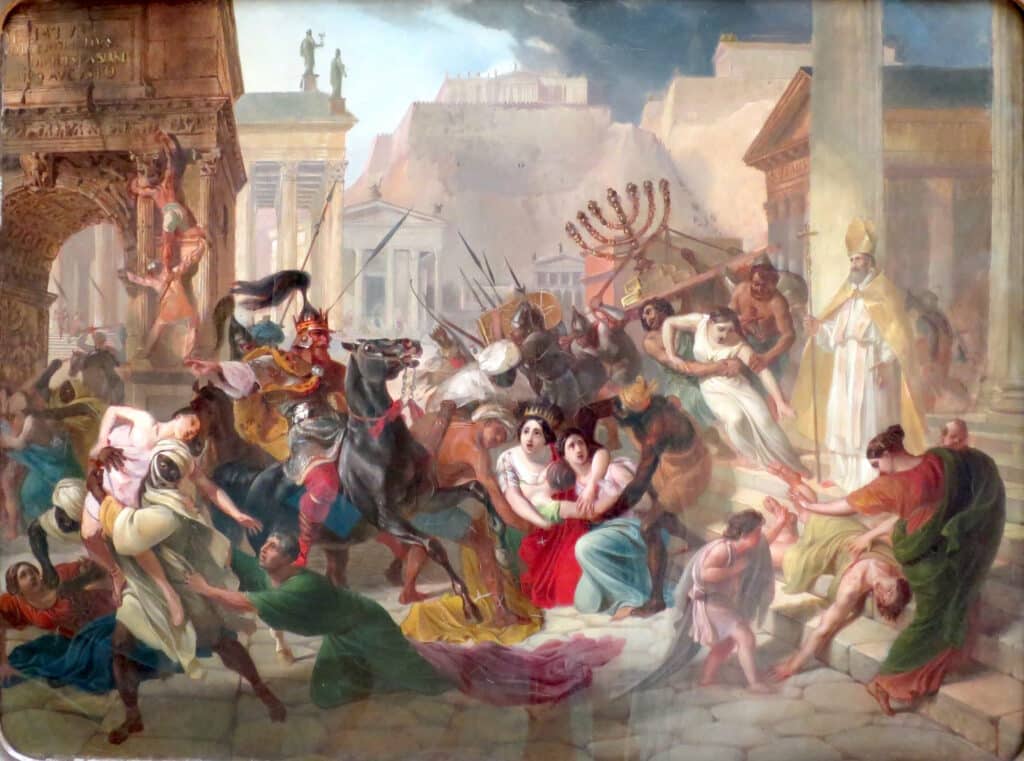
Finally, penned into southern Iberia and beset by the Romans and former allies, the Vandal king Gaiseric made a fateful decision in 429 CE: to cross the Straits of Gibraltar into the Roman province of Africa. Under the spectacularly adept Gaiseric, the Vandals carved themselves out a kingdom encompassing North Africa, Sardinia, the Balearic Islands and Sicily. They even managed to sack Rome itself in 455 CE – escaping with unimaginable wealth and earning their immortalization as a by-word for wanton destruction. Yet their violence was not remotely aimless: though it was frequently acquisitive, it was always in pursuit of a specific set of objectives, guaranteeing their existence amidst the ruins of a dying Empire. This policy was not to be successful: though they outlived Rome, they were subdued in the Vandalic War of 530 CE and incorporated into the Byzantine Empire. But within a single generation in the opening years of the 5th century, this Central European people had uprooted themselves and refounded their lives time and time again, until finally finding a home halfway across the known world.
In all, we can see how the barbarian invaders of the Roman Empire had far more in common with Rome than that which separated them from it. Rather than seeking to despoil and destroy the Roman world, many ‘barbarian’ peoples actively sought the status of Rome, and indeed they sought to reproduce the institutional, political and cultural forms of Rome long after they were defunct in Rome itself. Thus, can we say that the barbarian successor kingdoms are the true inheritors of Rome?

 Historical Swords
Historical Swords Norse & Viking Swords
Norse & Viking Swords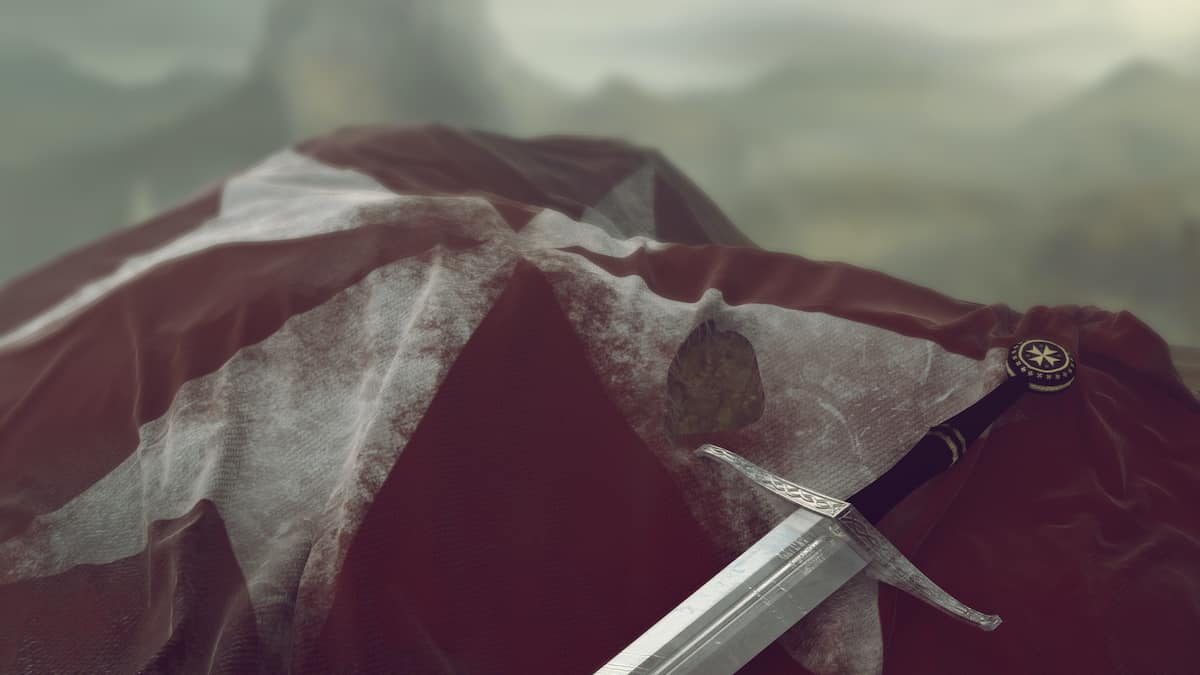 Templar Swords
Templar Swords Claymore Swords
Claymore Swords Fantasy Swords
Fantasy Swords Chainmail
Chainmail Helmets
Helmets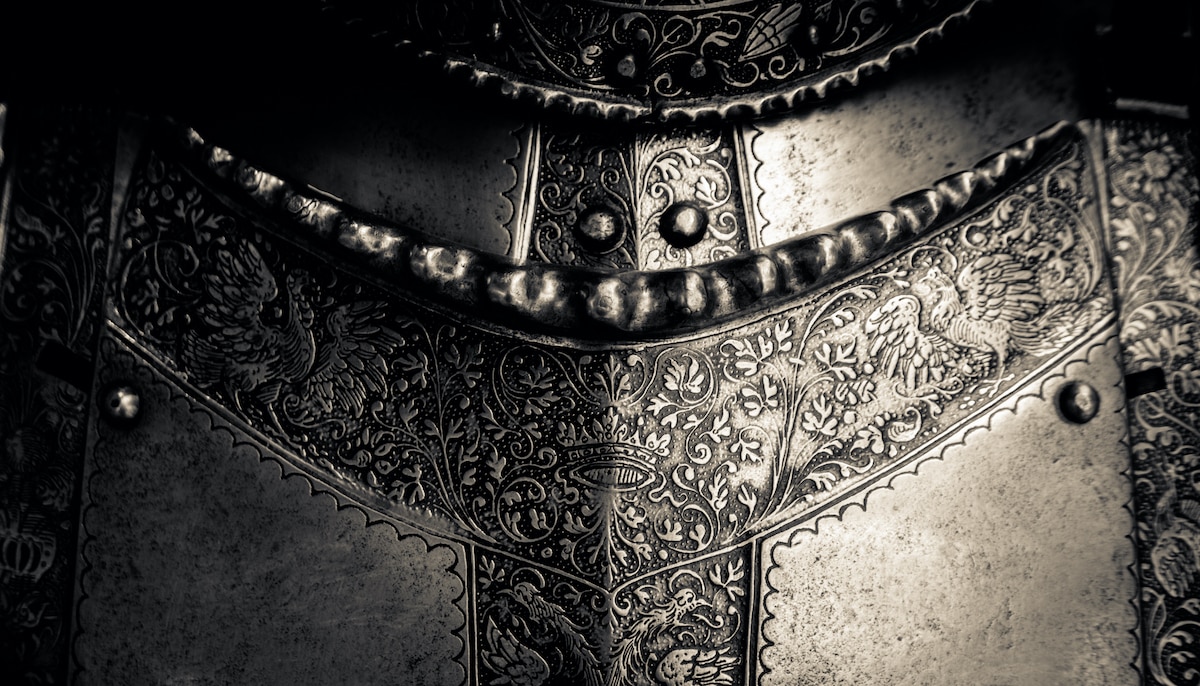 Torso Armor
Torso Armor Bracers and Arm Protection
Bracers and Arm Protection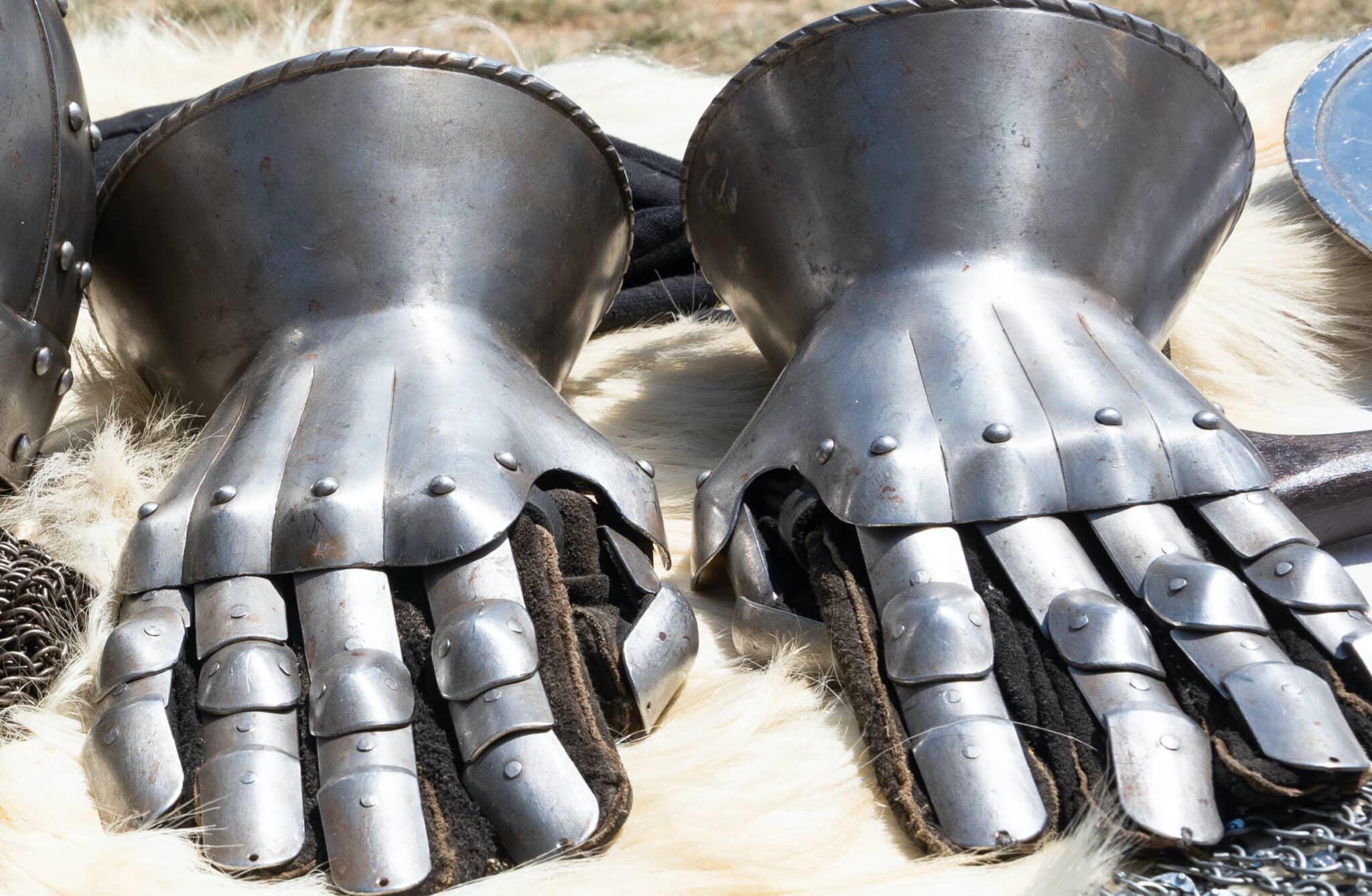 Gauntlets
Gauntlets Leg Armor
Leg Armor Cloaks
Cloaks Tabards
Tabards Shirts
Shirts Tunics
Tunics Dresses
Dresses Pants
Pants Gloves
Gloves Belts
Belts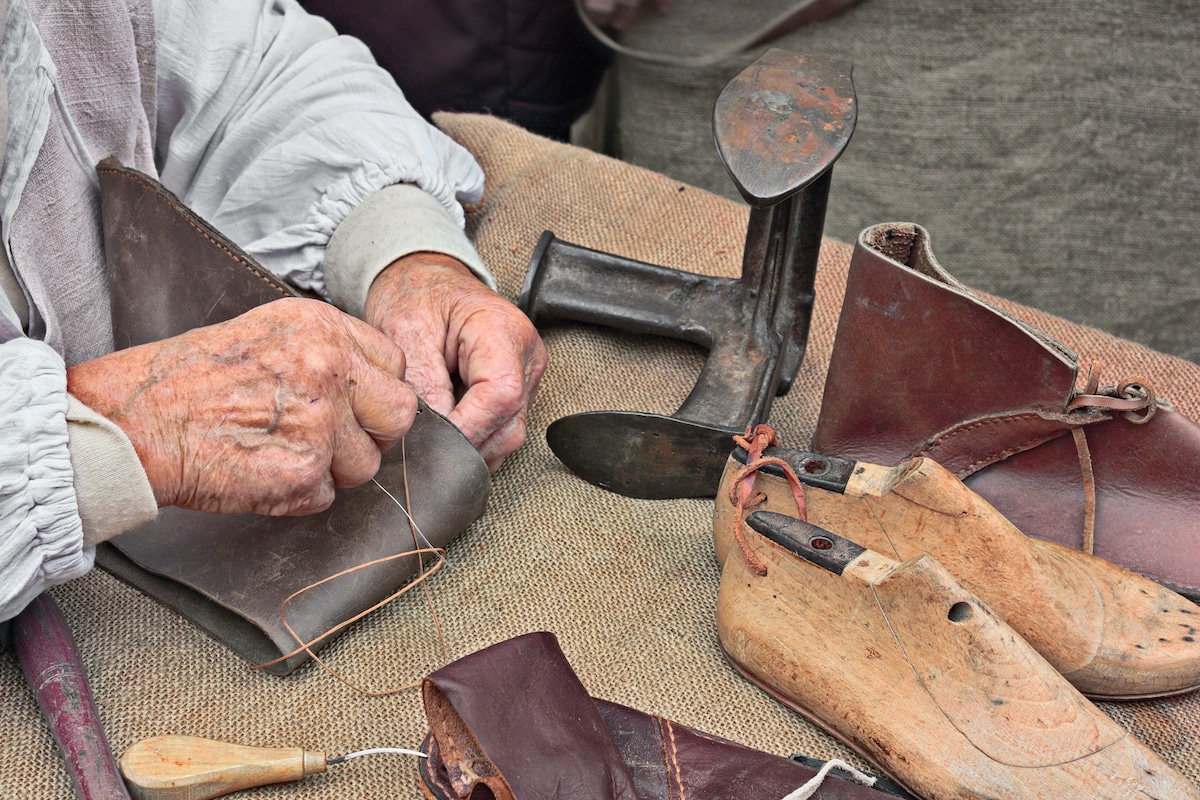 Shoes
Shoes Rings
Rings Necklaces & Pendants
Necklaces & Pendants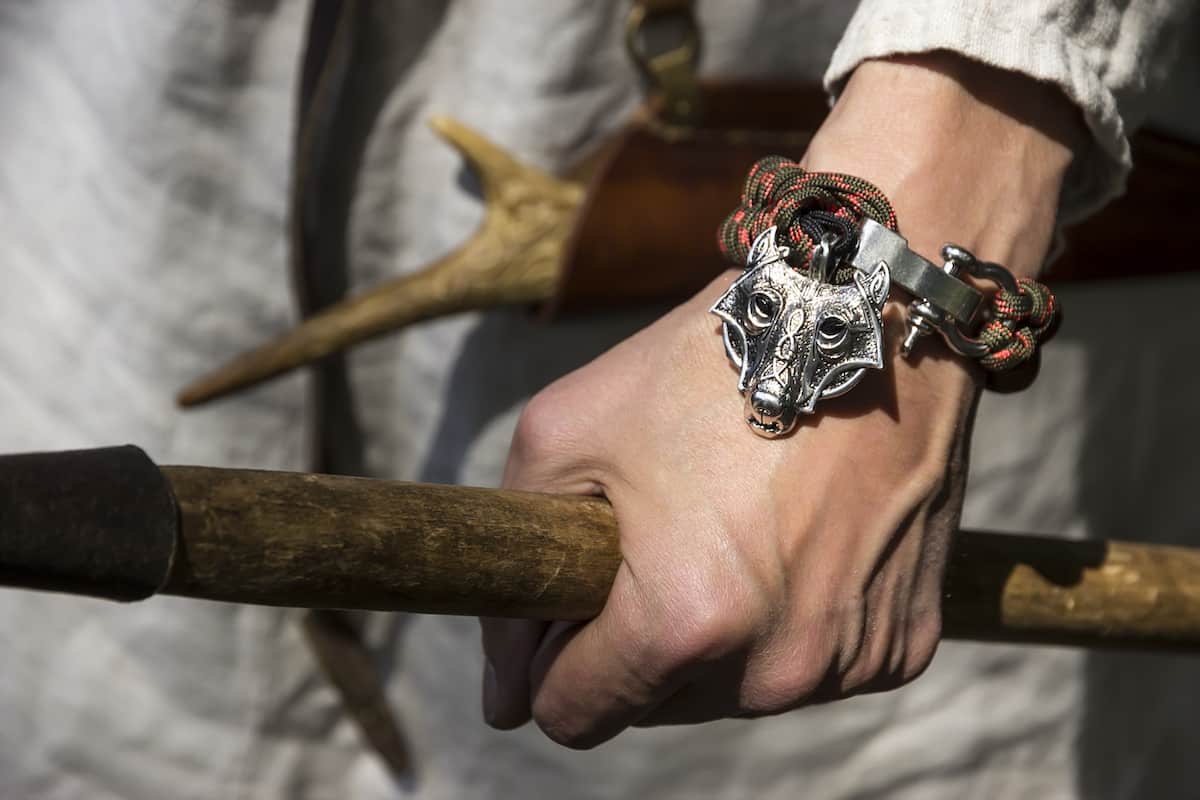 Bracelets
Bracelets


